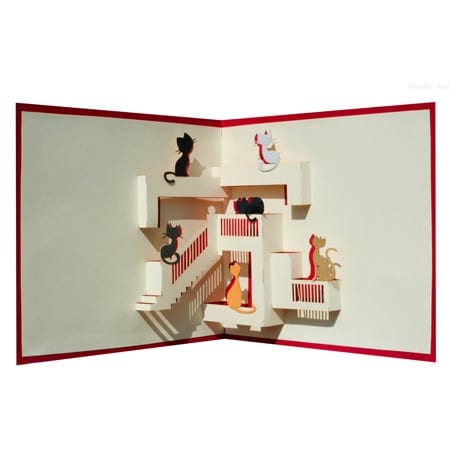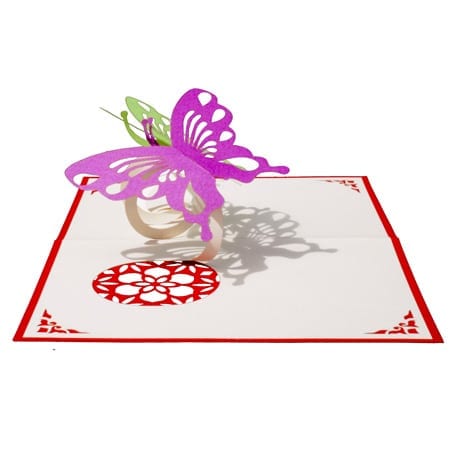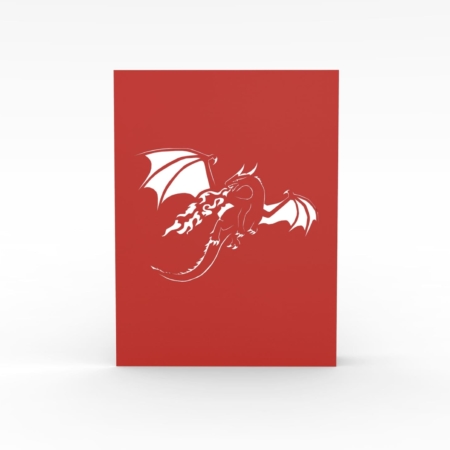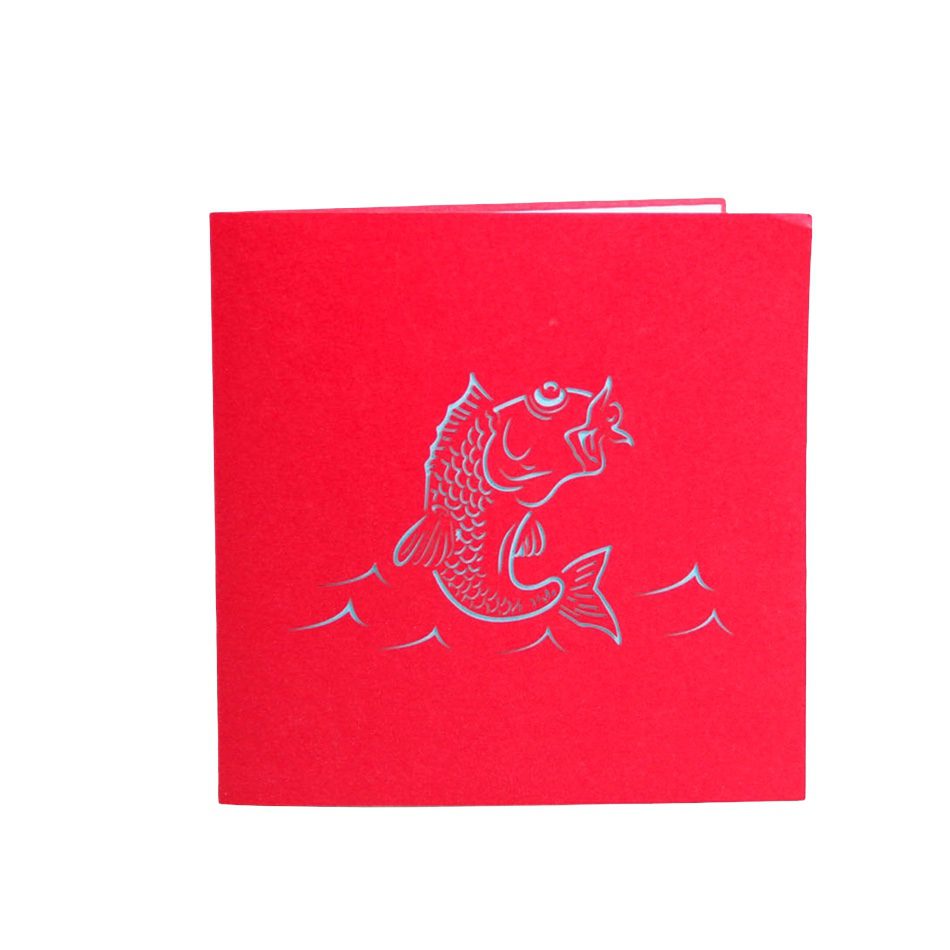Description
Dragon Dance!
Don’t worry. There are no real dragons here. The dragon comes from Chinese mythology and possesses the body of a serpent, the legs of a tiger, and the scales of a fish. In China, you will see dragons everywhere. They’re on temples, palaces, and walls. You may even see one dancing in the street during the Chinese New Year.
Message:
- Dare to embrace the Dragon within.
- Meddle not in the affairs of dragons.
- If the sky could dream, it would dream of Dragons.
- Happy Birthday, Dragon.
- You are fierce!
- Eat, sleep, slay dragons.
- Dragon Tradition:
The Chinese Dragon Dance is a symbol of China’s culture. and brings good luck. Therefore the longer the dragon is in the dance, the more luck it will bring to the community. Since a long dragon represents more excellent luck to a region, many Chinatown communities attempt to have a very long dragon dancing in the streets during the Lunar New Year parade.
The dragons are believed to possess qualities that include great power, dignity, fertility, wisdom and auspiciousness.
The Dragon Dance is performed by a team of experienced dancers. They manipulate a long flexible figure of a dragon using poles positioned at regular intervals along the length of the dragon.
The leaders of the dance control the head, causing it to sweep, swoop and dip up and down. The dance team simulates the imagined movements of this river spirit in a sinuous, undulating manner.
The patterns of the dance are choreographed according to the skills and experiences acquired by the performers. Some of the patterns are “Cloud Cave,” “Whirlpool,” T’ai chi pattern, “threading the money,” “looking for pearl,” and “dragon encircling the pillar.” The movement “dragon chasing the pearl” shows that the dragon is continually in the pursuit of wisdom.
For the dance costume, the dragon’s body is made of straws so that devotees can insert lighted incense sticks into its body.
Traditionally performed during Chinese Lunar New Year, and the Mid-Autumn Festival, as well as other special occasions, Dancing Dragons are now popular in many Asian cultures. Golden Dragon Dance is a legendary dance performed at Kinryuzan Sensoji Temple in Japan. Similar dances are celebrated in Vietnam and Singapore.
Dragon Dance In Literature:
Lawrence Ferlinghetti’s poem “The Great Chinese Dragon”was inspired by the dance.
Gregory Stephenson says the dragon represents the force and mystery of life, the true sight that sees the spiritual everywhere translucent in the material world.
Earl Lovelace’s 1979 novel The Dragon Can’t Dance uses the theme of the Carnival dance to explore social change and history in the West Indies.
Arthur Ransome incorporates dragon dances in his children’s book Missee Lee, which is set in 1930s China.
Crouching Tiger, Hidden Dragon means talented individuals in hiding.
See our other dragon popup cards:
Happy Birthday, Good Luck, Prosperity, Lunar New Year, Protection, Long Life, Friendship, Anniversary, Asian, Historian, Dancer, All Occasions







































